Andalusian capitals - Málaga
I have great feelings for Malaga because we lived here for a while and our Malagueñowas born here... 🙂 It is not a city that can be compared to the splendor of Barcelona, Madrid, Vienna or other metropolises, but it undoubtedly has its own original charm. It is hard to describe what it is like, but I will try 😉 It is charming, friendly, artistic and creative, tasty, noisy and colorful, and sometimes dirty - especially after the Feria de Malaga, the biggest public holiday in this city. It is full of artistic events, performances by local music groups, performances, flamenco shows, exhibitions. It offers wonderful delicacies in tapas bars and hot beaches with noisy chiringuitos. There is no way to get bored here, and if you don't have a special idea, it is best to start wandering the narrow streets, rich in various services and shops, you can always meet something or someone interesting.
There are more wealthy neighborhoods with beautiful villas such as El Limonar, others full of the artistic spirit, and murals such as Soho or Lagunillas - known as the real Malaga Soho, there is something for everyone. For us, Malaga will always remain a very special city...
Málaga is a charming city located between the Sierra Nevada mountains and the sunny coast of Costa del Solwhich means Sunshine Coast , and it's no surprise why. The weather in Málaga is generally mild and sunny, with an average of 300 days of sunshine per year.
However, it's important to remember that even in Málaga, it rains sometimes. The rainiest months are typically autumn, winter, and early spring.
My friends ask me if I ever use an umbrella in Málaga. The answer is yes, I do. I've been caught in a few downpours, and I've learned to always be prepared for the possibility of rain.
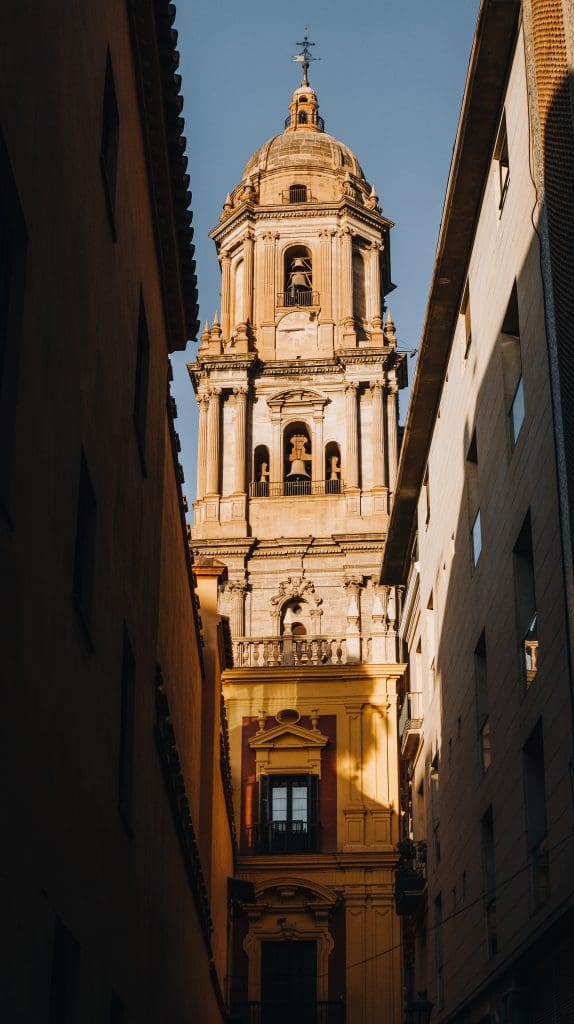
A bit about the history of Málaga...
Historia Malagi sięga 2800 lat wstecz co czyni ją jednym z najstarszych z miast europejskich. Została założona przez Fenicjan którzy osiedlili się na tych ziemiach w okolicach IX w p.n.e., nadając osadzie nazwę “Malaka”. W tym okresie półwysep iberyjski kolonizowany był także przez Greków, którzy po przegranej II Wojnie Punickiej, po 202 r. p.n.e. pod naporem odstąpili południowe tereny półwyspu iberyjskiego Rzymianom. I tu zaczyna się okres świetności ówczesnej “Malacitanium”, jako ważnego ośrodka kultury i handlu położonego na trakcie “Via Herculesa”, a potem “Via Augusta”, czyli szlaku łączącego Kadyks z Barceloną, a dalej z Rzymem.
__
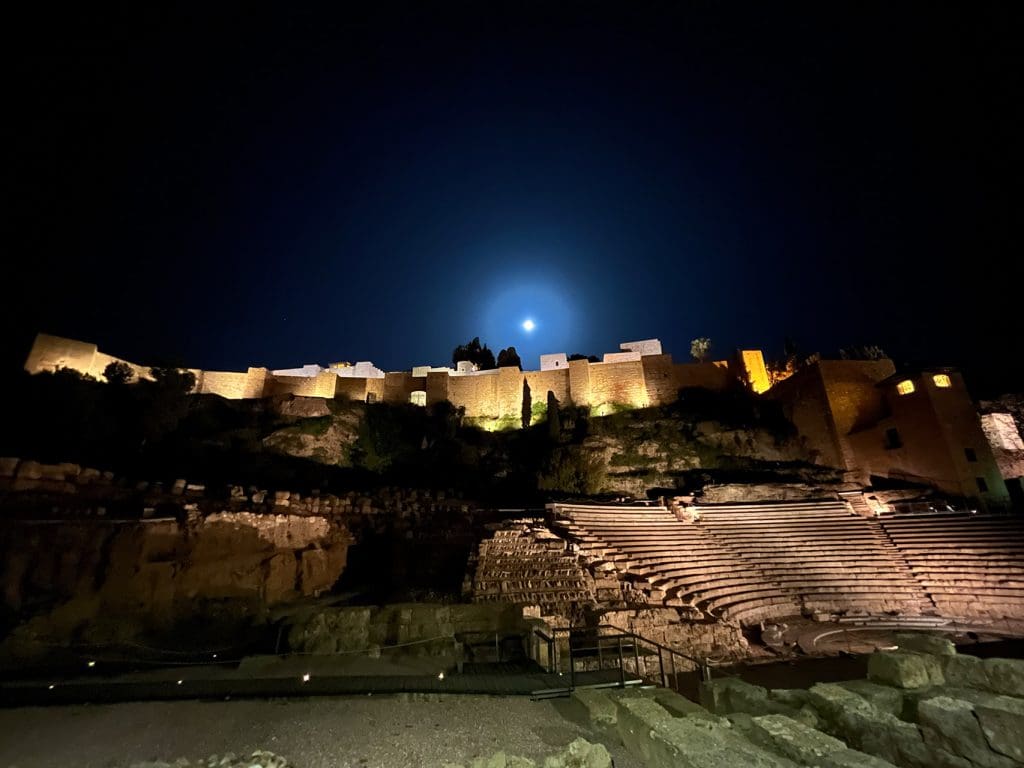
The impressive defensive walls encompassing the entire complex form the characteristic landscape of Malaga. The summit offers an impressive panorama of the second largest (after Seville), metropolis of Andalusia.
I recommend climbing up to the top of the Gibralfaro, even in the blazing heat, to reach the Mirador de Giblarfaro, where you can enjoy stunning views of the entire city of Málaga, including the bullring, the port, the center, and the cathedral. This is a great place to take picturesque photos, especially at sunset.
You can also climb up to the top of the Gibralfaro along Calle Mundo Nuevo. This is a more time-consuming option, but you can enjoy views of other parts of Málaga as you walk through the park. However, if you're short on time, it's better to climb the stairs.
Tourists usually visit the old part of Málaga – and rightly so. In the new neighborhoods, you won't find anything particularly interesting. You may see some nice murals, well-maintained parks, shopping centers, and other services, but these are not the kind of attractions that deserve special attention. There are also neighborhoods, like in any big city, that are frankly neglected and not particularly popular with other residents, such as Palma-Palmilla.
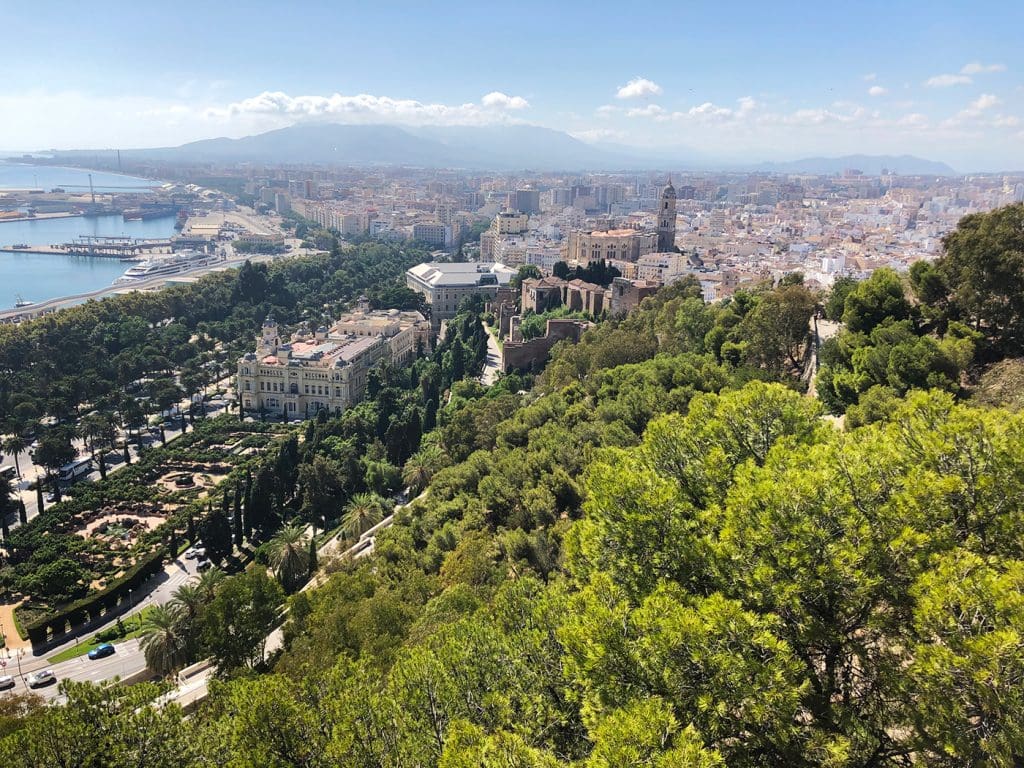
Spacerując po mieście od razu można zauważyć, że kościoły w mieście są bardzo liczne: Iglesia San Juan Bautista, Iglesia del Santo Cristo de la Salud, Iglesia de los Martires, Santuario de Nuestra Señora de la Victoria, to tylko kilka z długiej listy, a w środkowej części starego miasta znajduje się prawdziwa królowa – Nuestra Señora de la Encarnación – czyli Katedra Malagi. Budowana była w stylach gotyckim, renesansu i baroku przez ponad 250 lat (1528 – 1783r). Ostatecznie w roku 1782 przerwano budowę, i nie dokończono budowy drugiej wieży. I to właśnie ze względu na charakterystyczny “kikut” mieszkańcy Malagi nazywają swoją katedrę prześmiewczo “La Manquita” – Jednorączka.
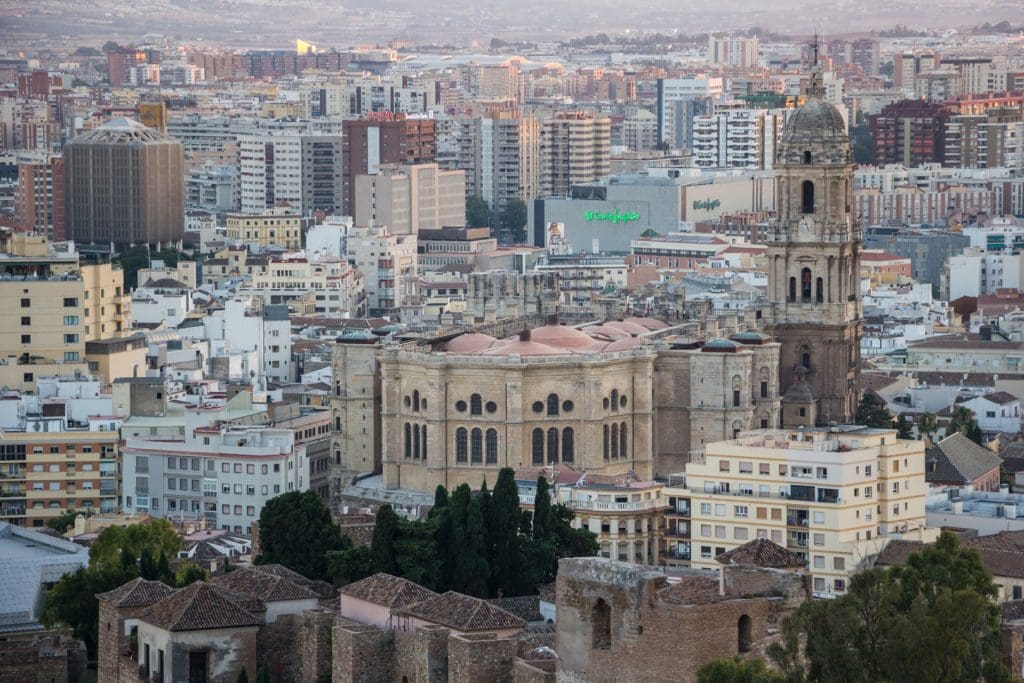
In front of the cathedral's main doors is Plaza del Obispo, with the imposing Palacio Episcopal building. Here you can relax and contemplate the view of the cathedral while enjoying tapas. Behind the cathedral, if you turn left onto Calle Santa María and then immediately left onto Calle San Agustín, you will reach one of the city's major cultural attractions, the Picasso Museum. Tourists often confuse the museum building with the house where little Picasso was born. That house is located in the vicinity of Plaza de la Merced, and its name is Museo Casa Natal de Picasso. It was there that one of the most outstanding artists of the 20th century, Pablo Picasso (born October 25, 1881), was born and spent his first year of life.
On the square, you can take a photo with the statue of the artist, which is located opposite the obelisk dedicated to the figure of José María de Torrijos. He was the commander of a rebellion against the absolutism of Ferdinand VII. In the crypt under the monolith, the remains of the commander and his 47 companions, who were executed on one of the Malaga beaches in December 1831, rest.
Heading from the Picasso Museum to the ruins of the amphitheater, it is worth stopping by the El Pimpi bar, where you can experience the wonderful Spanish atmosphere, enjoy tapas, and drink local wine.
Z centrum przez Paseo Parque (miejsce odpoczynku, pas zieleni z pięknymi kwiatami i egzotycznymi roślinami) można przejść do portu na Muelle Uno. Zazwyczaj w niedziele odbywa się tam targ przedmiotów tzw. „handmade” i ogólnie zawsze dzieje się tam sporo. Czasami wpływają wielkie statki wycieczkowe lub wojskowe, ze względu na to, że port stanowi bazę marynarki wojskowej. Wzdłuż lini brzegu ciągną się sklepy, restauracje, place zabaw dla dzieci, a na końcu urocza latarnia morska La Farola De Málaga z dwustuletnią historią. Wzdłuż plaży co jakiś czas kłębią się ludzie wokół “chiringuitos”, czyli barów z jedzeniem i piciem przy plaży.
Remember the siesta!
Eat when you see Spaniards starting to feast, around 3 pm traffic in restaurants dies down, only to return again around 7/20 pm.
From the port area, we can walk through Málaga's main thoroughfare, Calle Marques de Larios, to Plaza de la Constitución, the largest square in the heart of the old part of Málaga, and enjoy a coffee at one of the oldest cafes in the city, Cafe Central at the intersection of the main shopping street, Calle Larios, and Plaza de la Constitución de Málaga. There are really a lot of types of coffee, so El malagueño no pide un café con leche. “Pide un mitad o un mitad doble”. What these terms mean can be found on the azulejos that display the cafe's offerings.
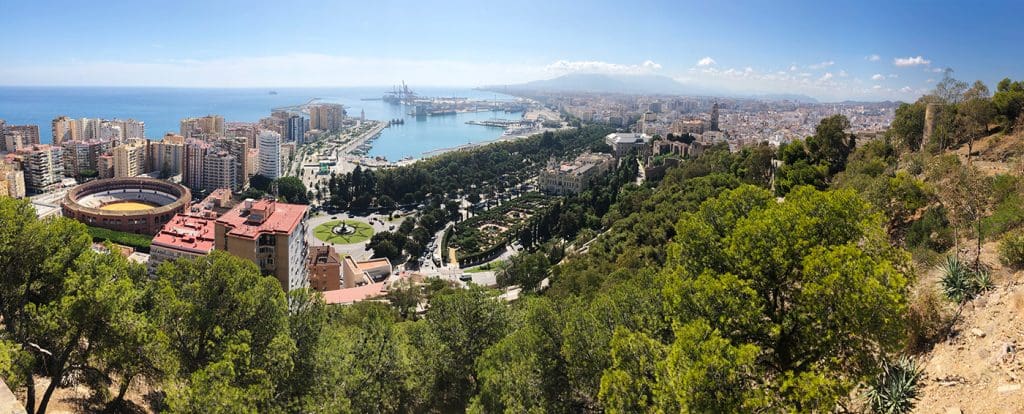
And so you can wander the streets of Málaga for hours, looking into shops, galleries, cafes, and tapas bars. Near the center is Mercado Central Atarazanas, I highly recommend trying different types of olives. You can have a bite to eat, buy high-quality local products, drink the famous Málaga sweet wine (not too much - because it's strong!), or dare to taste fresh oysters served with champagne...
Miasto staje się szczególnie tłoczne i gwarne późnym wieczorem. Jeśli jesteś zdecydowana/y na jakiś tapas bar, zajmij sobie miejsce wcześniej, bo dopchanie się do tych lepiej zrecenzowanych, np. polecanych na różnorakich serwisach turystycznych, bęzie graniczyć z niemożliwością… Jeśli chcesz się poprzeciskać przez gwarny tłum i pokrzyczeć do kelnera, owszem to świetna okazja, tu trzeba GŁOŚNO wyrażać swoje oczekiwania 🙂 (Hiszpanie właśnie tak robią, przyzwyczaj się, że ktoś zza twojego ucha zakrzyknie – Cervesa y una ensaladilla rusa porfa!!!:), jeśli jednak chcesz spokojnie wybrać pozycję z menu i usiąść – przyjdź około 21, około 22/23, zwłaszcza w weekendy wszędzie zastaniesz tłum ludzi.
Malagueños usually start their evening out after 9 p.m. Concerts usually start at 10:30 p.m. or 11:30 p.m., and the nightlife lasts until the early hours of the morning.
Z miastem związana jest także inna słynna postać – Antonio Banderasa, który odwiedza swoje rodzinne strony z okazji różnych wydarzeń kulturalnych. W ostatnich latach sporo tutaj inwestuje w kulturę i gastronomię.
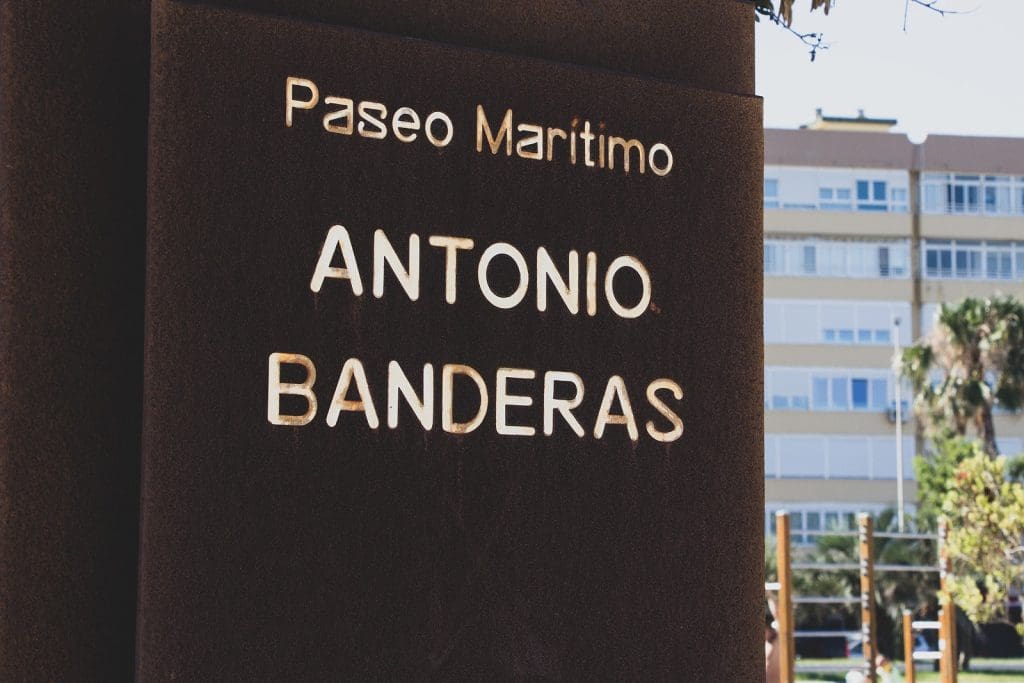
What to eat in Malaga
The choice is vast, as Málaga, like other Spanish cities, offers a wonderful Mediterranean cuisine. In restaurants, we will find dishes characteristic of the region and stand out in the Spanish menu.
- El pescaíto frito - a very common dish in Andalusia is fried fish and squid, coated in breadcrumbs.
- Las migas - crusts of hard bread in tomato sauce with garlic, olive oil, radishes, and olives.
- El ajoblanco - a type of cold soup made from almonds, garlic, vinegar, oil, water and grapes.
- Almejas a la malagueña - mussels in a marinade with onions, garlic and parsley, cooked in white wine
- Berza malagueña - is a combination of pork, sausage, cabbage, peas, white beans in a tomato and paprika sauce
- Ensalada malagueña - is very typical of the region, and very common in tapas bars, the ingredients are potatoes, oil, cod pieces, and orange.

To tylko niektóre z dań lokalnej kuchni. Charakterystyczne dla kuchni Andaluzji, i całej Hiszpanii, są słodkie “Churros” moczone w gorącej czekoladzie. Smakują trochę jak pączki, są słodkie, tłuste i pyszne:). Zapominamy zatem o kaloriach, bo w tym przypadku, jest ich za dużo żeby się przejmować, spalimy je zwiedzając. Najlepsze w centrum Malagi znajdziemy w Casa Aranda.
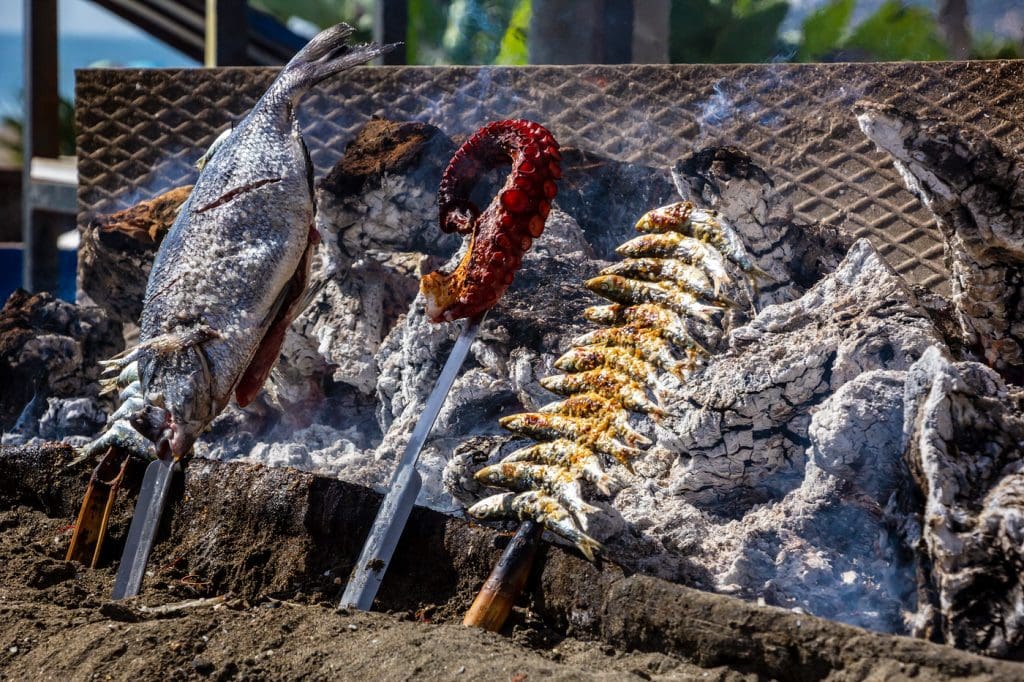
Potrawy bardzo popularne i spotykane niemal w każdej restauracji to oczywiście hiszpańska“paella” – czyt. paeja, i chłodnik“gazpacho” – czyt. gazpaczio.
When in Málaga, you definitely have to try Malaga wine (and don't forget to try Malaga-flavored ice cream). One place to visit is the Antigua Casa de Guardia, which is located on one of the most important streets in the city, Alameda Principal. You stand at the bar, order wine, and the bartender scribbles your order on the counter in chalk. He then pours you a glass of wine directly from a wooden barrel. I highly recommend it! You can also order tapas.
Tapas in Malaga
The offer is rich, the number of bars is enormous. We are constantly discovering new ones, so the list is sure to grow:
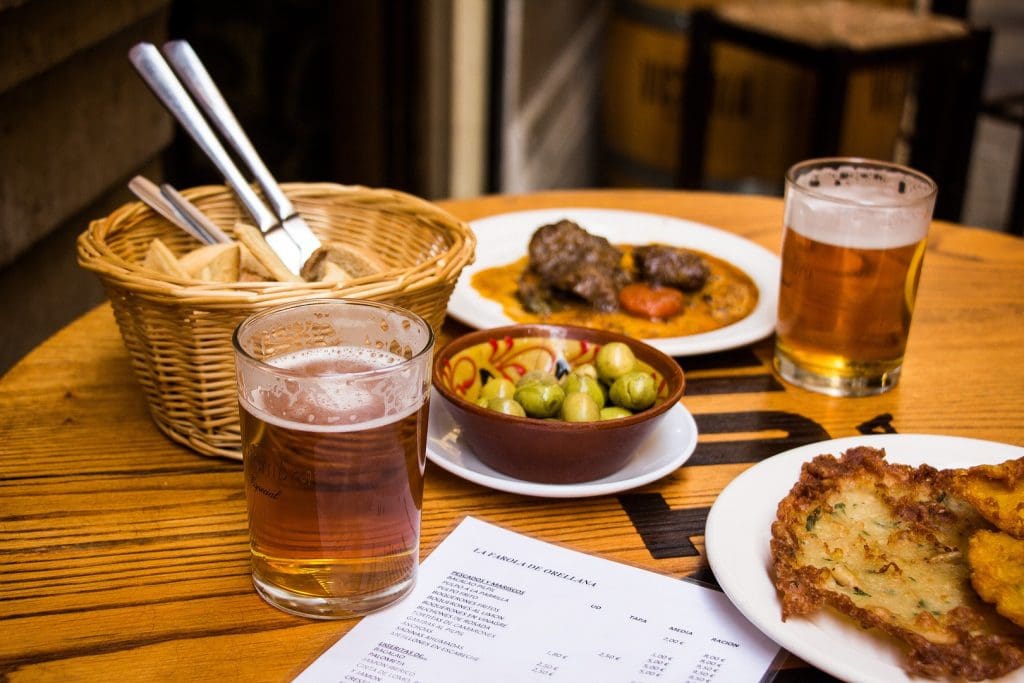
- La Taberna del Pintxo - Staff pop up from time to time with a new type of tapas, usually in the form of small sandwiches
- KGB - good tapas with cool design
- Bar Orellana - super tasty
- Casa Lola varied and tasty
- El Tapeo de Cervantes - recommendable
- El Pimpi - typical Spanish bar with nice decor
- Los Gatos - they have delicious beer, the food is also good
- Chiringuito Tropicana – chiringuito on paseo maritimo
- La Campana Playa – chiringuito on paseo maritimo
- Taberna Trillo
- Cortijo de Pepe
- Taberna Uvedoble
- Refectorium Catedral
An interesting option to catch your breath and enjoy the views from above are the terraces. There are several in the city:
- Piscina Lounge, Hotel Molina Lario
- Terraza de la Alcazaba, Alcazaba Premium Hostel
- Chinitas Lounge, Chinitas Urban Hostel
- Terraza Áurea, Salles Hotel
- La Terraza de San Juan, Premium Hotel
- La Terraza de Larios, Room Mate Larios
- Oasis Lounge Bar, Oasis Backpackers Hostel
- Terraza Room Mate Valeria
Culture in Malaga
- CAC Málaga, Centro de Arte Contemporáneo - Modern art gallery. The exhibitions can be seen for free, for those who like this type of attraction, the item is worth a visit
- Centre Pompidou Malaga - art gallery, located in the harbour. Another item for those who enjoy contemporary art
- Picasso Museum
- Museo Interactivo de la Música - interactive music museum, fun, you can test your talents by playing different instruments
- Museo Carmen Thyssen - fine art collections and exhibitions
There are many interesting places to visit in Málaga, for everyone's taste. There are museums of cars, crystal, wine, and imagination, as well as small galleries, jazz clubs, hipster restaurants, cafes, arthouse cinemas, flamenco bars, theaters, and places where local artists meet, such as LA POLIVALENTE.
How to get there?
Málaga Airport is one of the largest airports in Spain. The fastest way to get from the airport to the city center is by train. After picking up your luggage, follow the arrows to the station, which is located in front of the main exit. Tickets can be purchased from the machines located in front of the platform.
- TAXI or UBER are good options
- Málaga is a well-connected city. On the website [link] , you can find information on public transportation providers in Málaga, including schedules, stops, and other useful information. I do not recommend renting a bicycle if you are only interested in visiting the usually crowded old town.
Parking in the city of Málaga is not easy. If you know where to go, it is not a problem, but almost always you have to use paid options. A helpful application that shows the nearest parking lots in Málaga is:
You can also get around Málaga by using three metro lines.
For more information on prices and schedules, click on the link
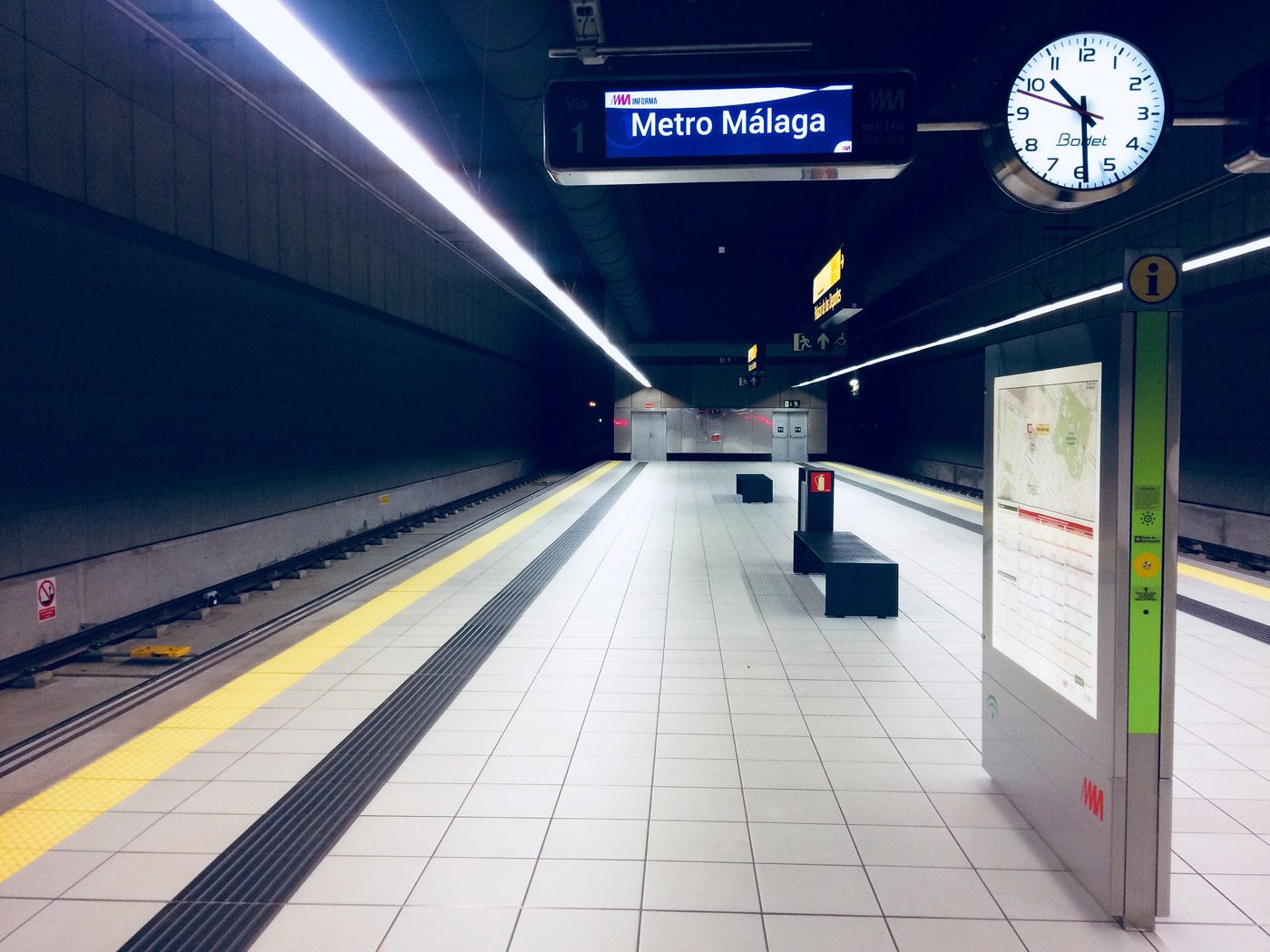
Search for connections, book cheap tickets for buses, trains and discover Andalusia!
Plan your attractions in Malaga and buy your tickets now! 👇🏻
Map of the main attractions of Malaga
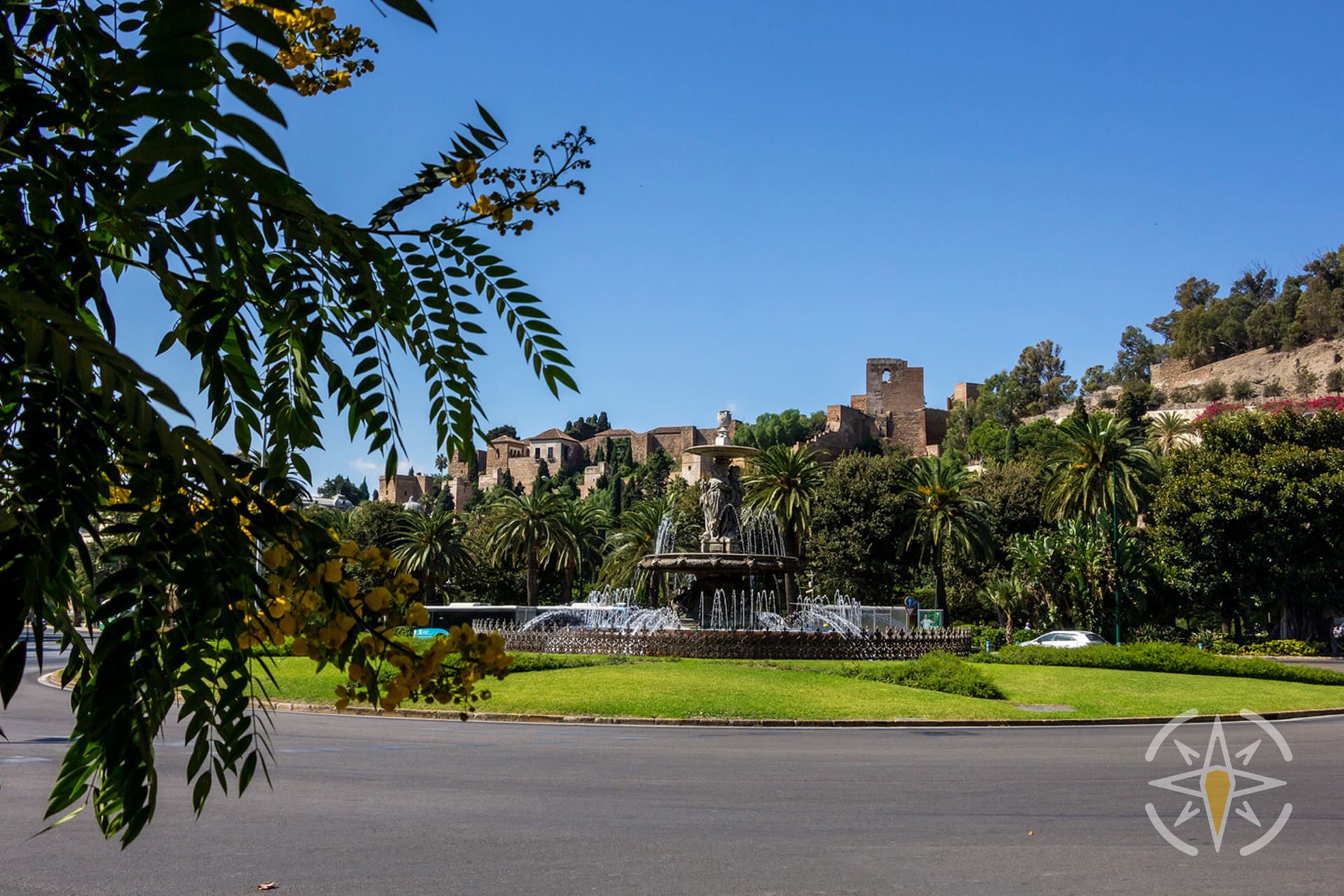
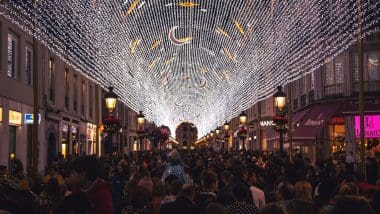
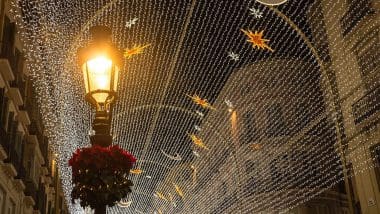
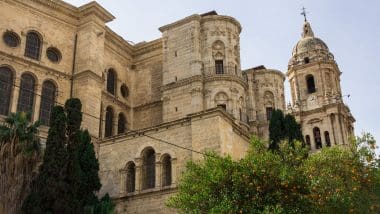
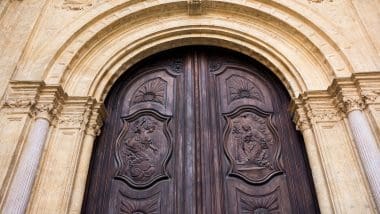
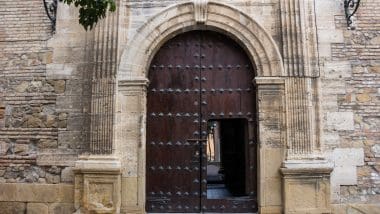
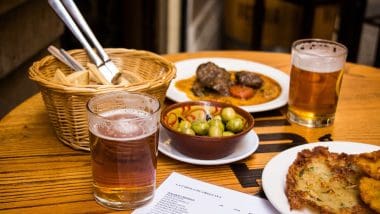
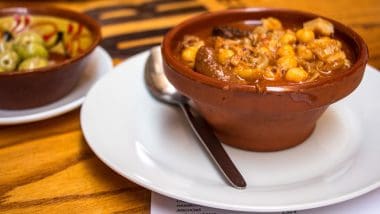
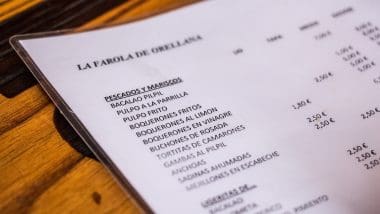
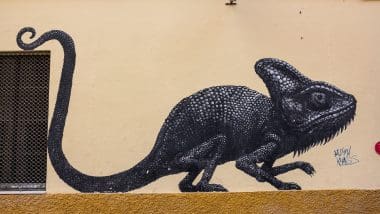
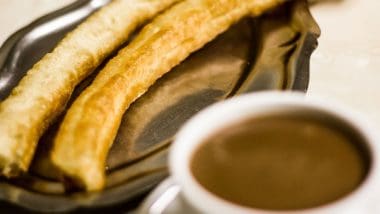
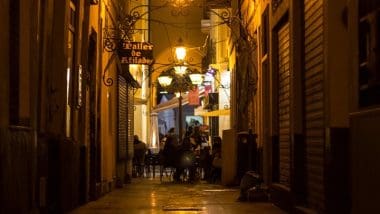
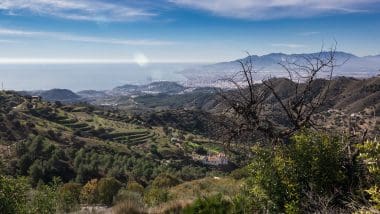
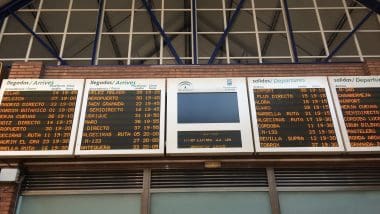
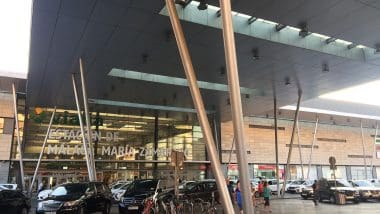
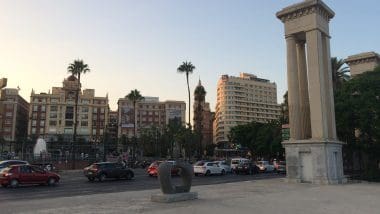
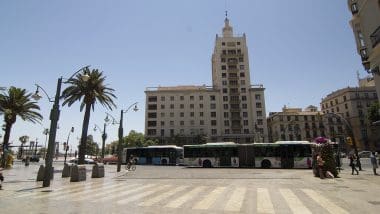
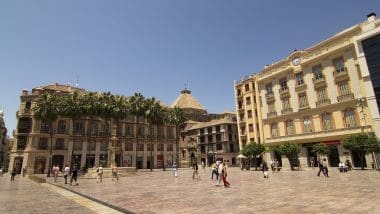
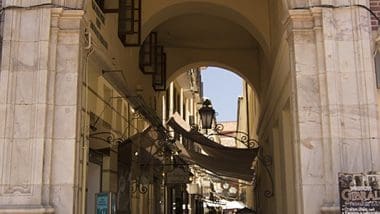
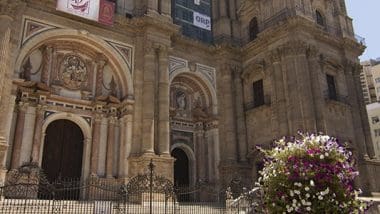
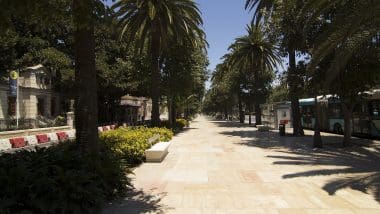
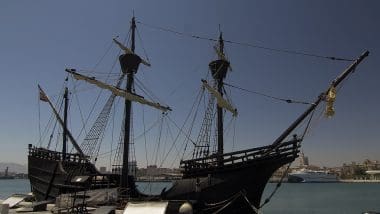
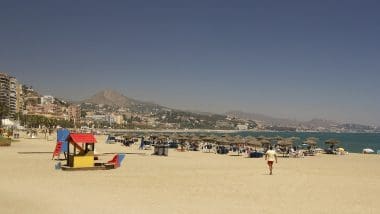
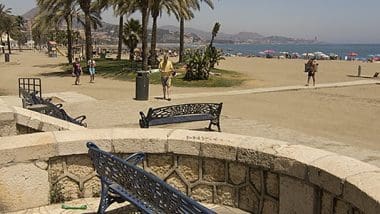
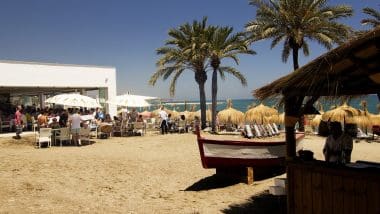
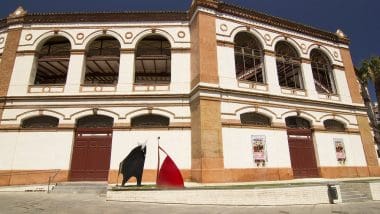
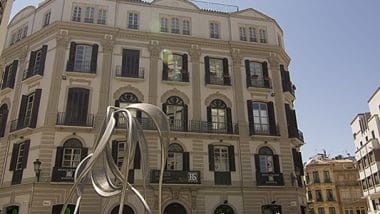
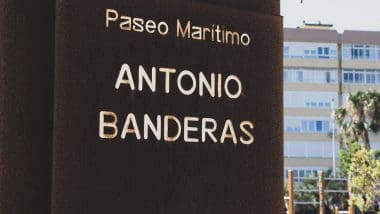
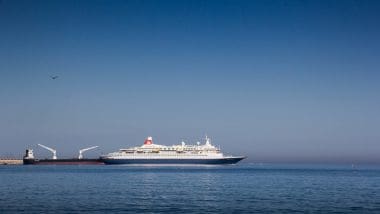

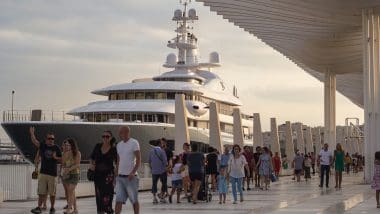
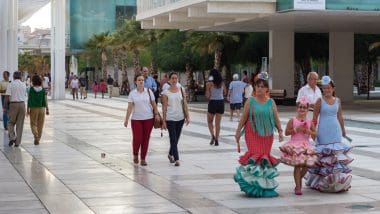
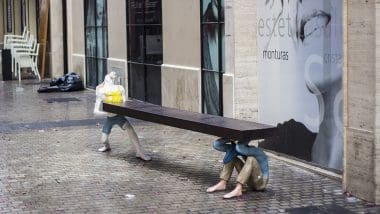
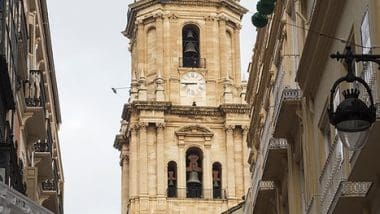
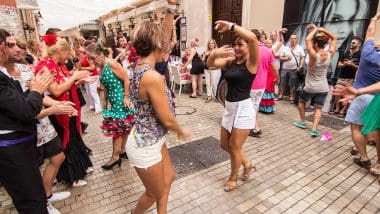
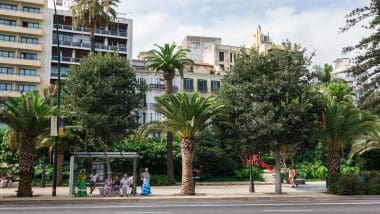
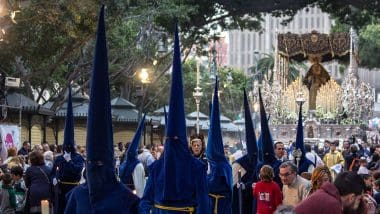
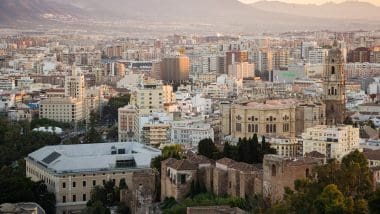
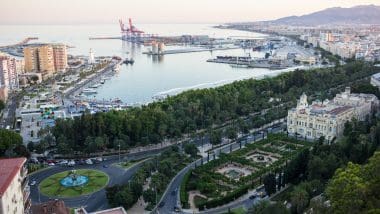
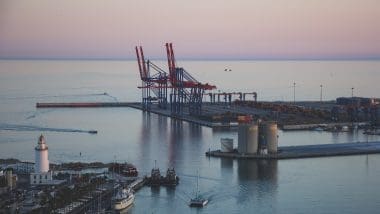
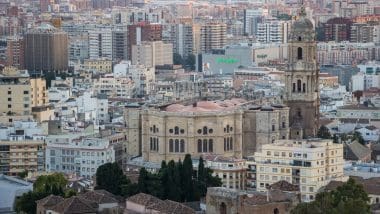
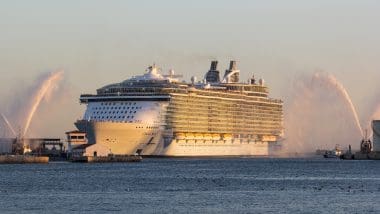
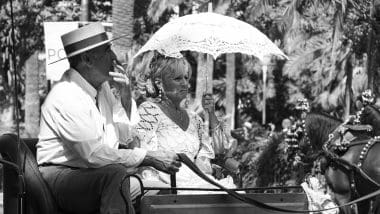
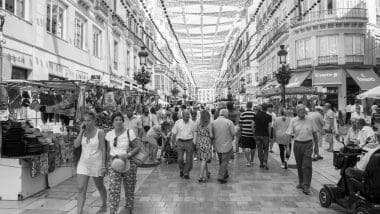
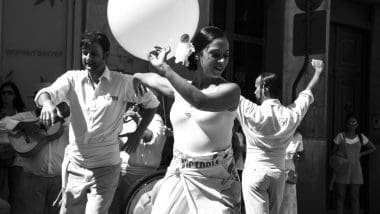
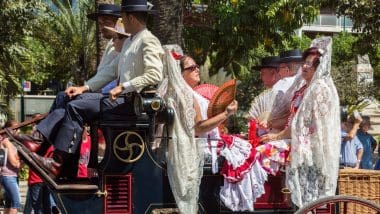
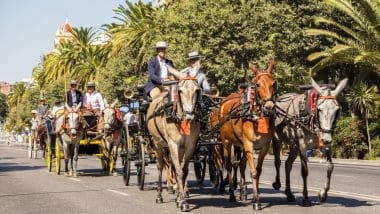
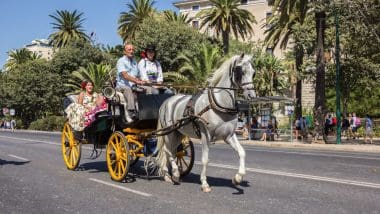
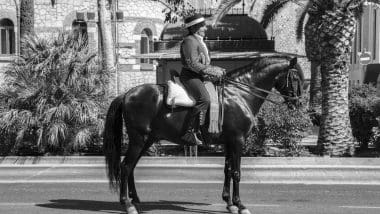
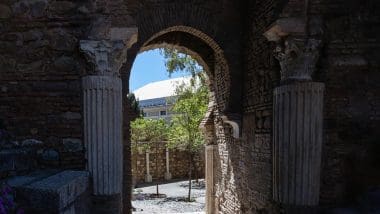
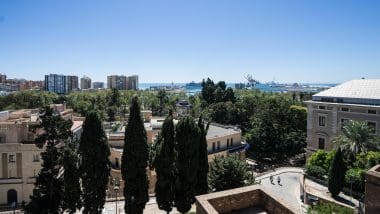
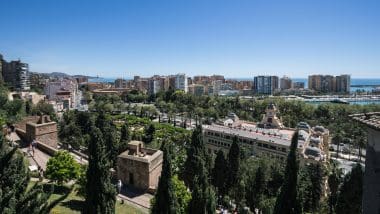
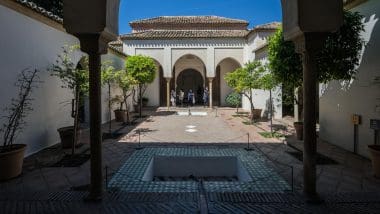
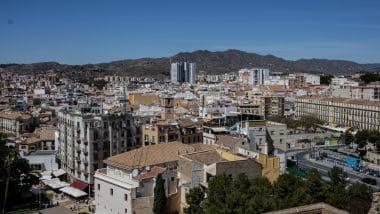

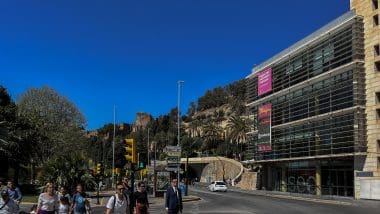
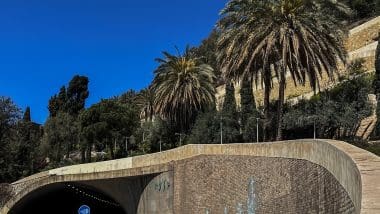
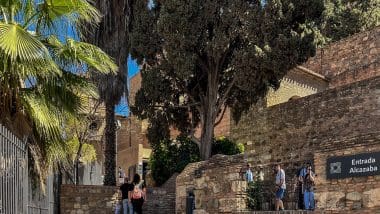
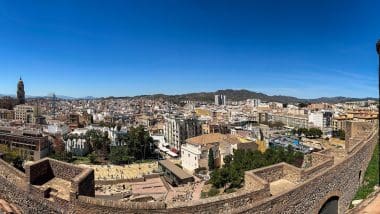
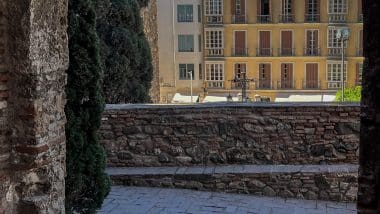
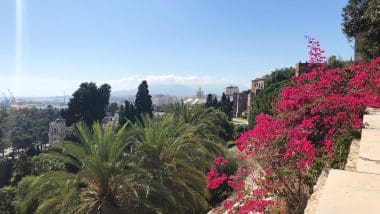
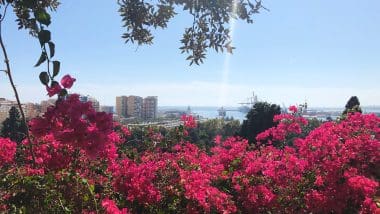
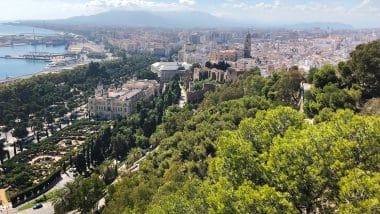
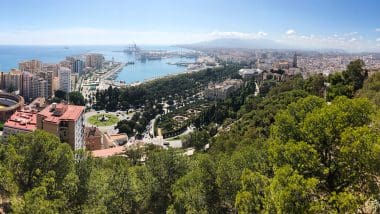
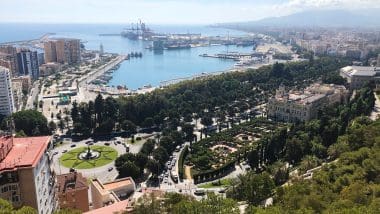
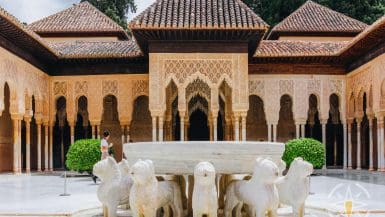
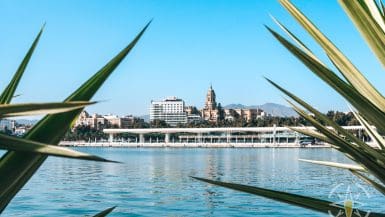
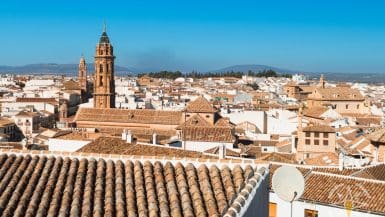
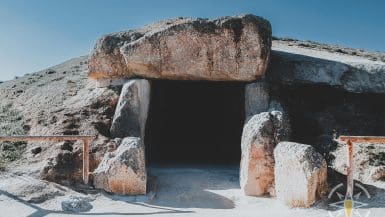
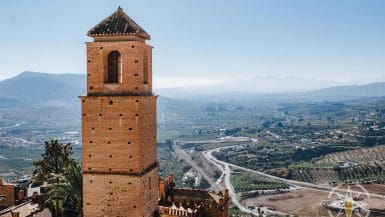
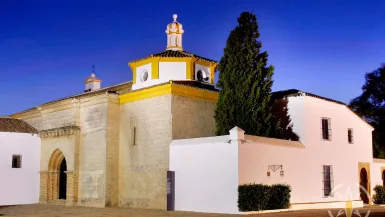
Leave a comment, ask a question...